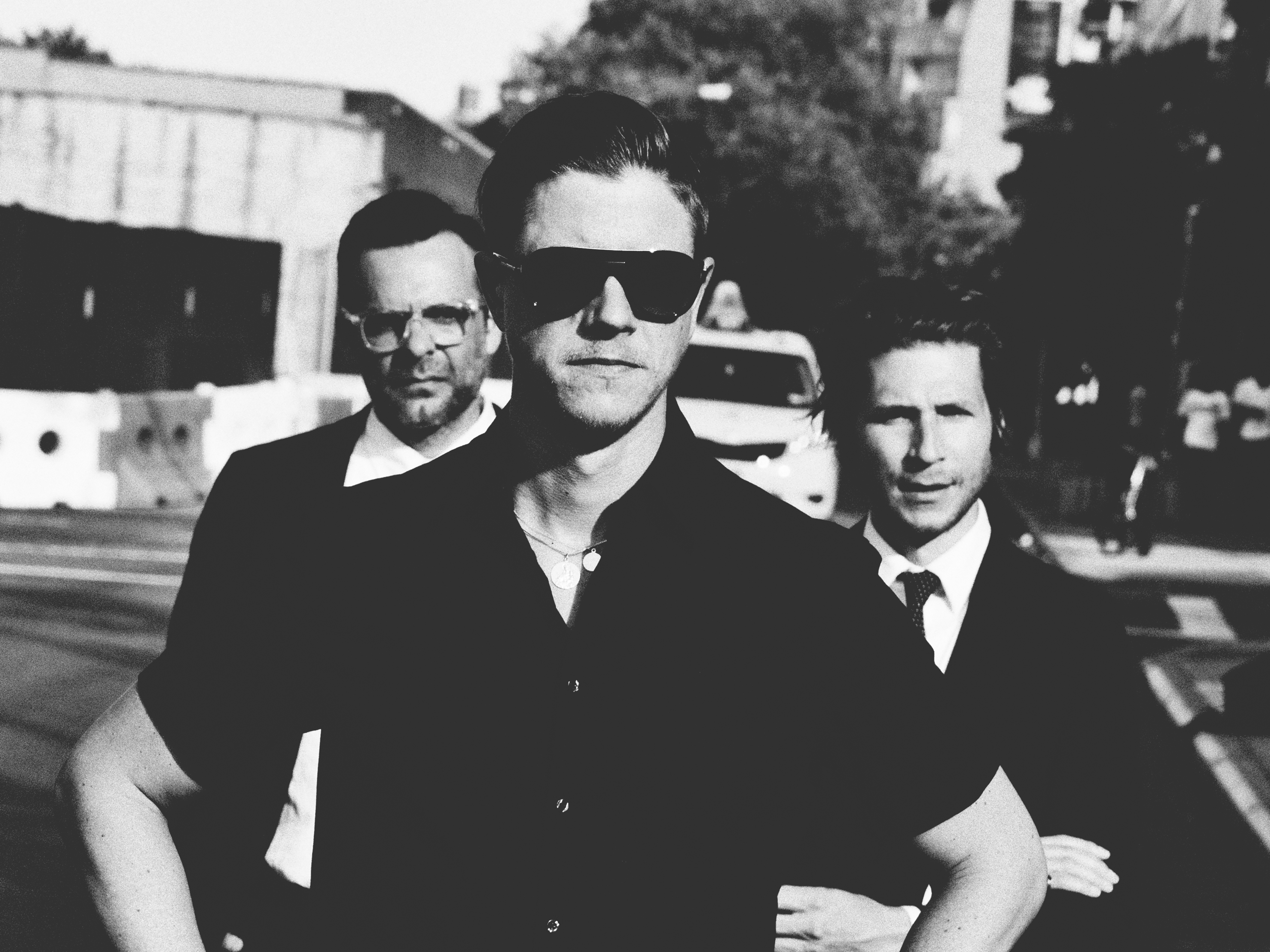
Interpol
Friday, Dec 4, 2026
20:00
, London
Nestled in the heart of West London, Olympia London stands as a colossal testament to Victorian architectural grandeur and a surprisingly enduring, albeit often understated, hub for live music. While not a traditional bricks-and-mortar grassroots music venue in the intimate, gritty sense, Olympia London's cavernous halls have, over decades, hosted an astonishing array of musical luminaries and pivotal cultural moments. Its sheer scale and unique atmospheric presence offer a distinct experience, a far cry from the sweaty basements and pubs that often define the UK's grassroots scene. This is a venue where history breathes through its soaring ceilings and ornate ironwork, providing a backdrop that amplifies the power and spectacle of live performance.
Olympia London, originally known as the National Agricultural Hall, first opened its doors in 1886. Conceived by the visionary industrialist Francis Egerton, 1st Earl of Ellesmere, its primary purpose was to host the Royal Agricultural Society's annual exhibition. The building itself is a marvel of Victorian engineering, designed by architect Henry Edward Coe. Its most striking feature is the immense central hall, roofed by a single, vast span of wrought iron and glass, a revolutionary construction for its time. This innovative design, intended to house livestock and agricultural machinery, inadvertently created a space of unparalleled acoustic potential and visual drama, a potential that would later be unlocked by the world of music. The sheer volume of the space, coupled with its distinctive architectural features, would become its defining characteristic, influencing the kind of performances it could accommodate. Its genesis as an exhibition space, rather than a purpose-built music hall, imbues it with a unique, almost raw, character that contrasts sharply with purpose-built arenas.
While its early decades were dominated by agricultural shows, trade fairs, and even early motoring exhibitions, Olympia London began to evolve in the mid-20th century. It gradually embraced a wider spectrum of entertainment, including circuses, ice skating shows, and eventually, concerts. Its transformation into a significant music venue was more organic than planned, driven by its sheer capacity and impressive infrastructure. It was the sheer, unadulterated scale of the space that drew promoters and artists seeking to stage large-scale spectacles. The building's inherent grandeur meant that even smaller acts could feel amplified, and legendary performers could command an audience befitting their status. Its role in the local music scene, while not always front and centre, has been significant. Unlike smaller, dedicated grassroots venues that nurture nascent talent in specific genres, Olympia London has often served as a testing ground for artists aspiring to reach mass audiences, and a place where established acts could deliver their most ambitious productions. Its position as a unique event space, rather than a dedicated music venue, has always set it apart, fostering a less genre-specific, more event-driven approach to programming.
Olympia London’s Unique Selling Proposition (USP) lies in its unrivalled architectural spectacle and sheer scale, transforming a single concert into an almost operatic experience. This is not a venue where you simply see a band; it's a place where you experience a performance writ large, amplified by the soaring ironwork and vast expanse.
Here are some of the iconic performances that have resonated within its hallowed halls:
While Olympia London may not have the same intimate connection to a specific sub-genre as some smaller grassroots venues, its role in providing a platform for acts on the cusp of, or already enjoying, massive global success is undeniable. It acts as a crucial stepping stone, allowing artists to hone their large-scale production and connect with vast audiences in a truly awe-inspiring setting.
The nearest National Rail station is West Brompton (District Line), which is a short 5-minute walk away. Alternatively, Earl's Court station is a slightly larger interchange and is approximately a 10-15 minute walk.
Numerous bus routes serve the Olympia London area. Key routes include the C1, C3, 74, 430, and 9 which stop at or very near to the venue.
Olympia London is accessible by car, but parking can be limited and expensive in the surrounding areas. Official Olympia London Car Park: Located on Blythe Road, W14 8UX. This is the most convenient option, but spaces are limited and pre-booking is highly recommended. Nearby Public Car Parks: There are several public car parks within a 10-15 minute walk, including the St. Cuthbert's Road Car Park (SW5 5JE) and the High Street Kensington Car Park (W8 5NX). However, these can also fill up quickly.
Olympia London is committed to providing accessible facilities for all visitors.
The capacity of Olympia London varies significantly depending on the event configuration. For standing concerts, it can hold up to approximately **9,000** people. For seated events or exhibitions, the capacity will be lower.
You can reach Olympia London via the District Line on the London Underground to West Brompton station (a 5-minute walk), or Earl's Court station (a 10-15 minute walk). Several bus routes, including the C1, C3, 74, 430, and 9, also serve the venue.
Yes, Olympia London is largely wheelchair accessible. It features lifts and ramps to access different areas, and accessible toilet facilities are available. Specific accessible seating for events should be booked in advance.
Door opening times are event-specific. It is essential to check your ticket or the official event listing on the Olympia London website for the precise times for the event you are attending.
The most convenient parking is the official Olympia London Car Park on Blythe Road (W14 8UX), though spaces are limited and pre-booking is advised. Other public car parks are available within a 10-15 minute walk, such as St. Cuthbert's Road Car Park (SW5 5JE).